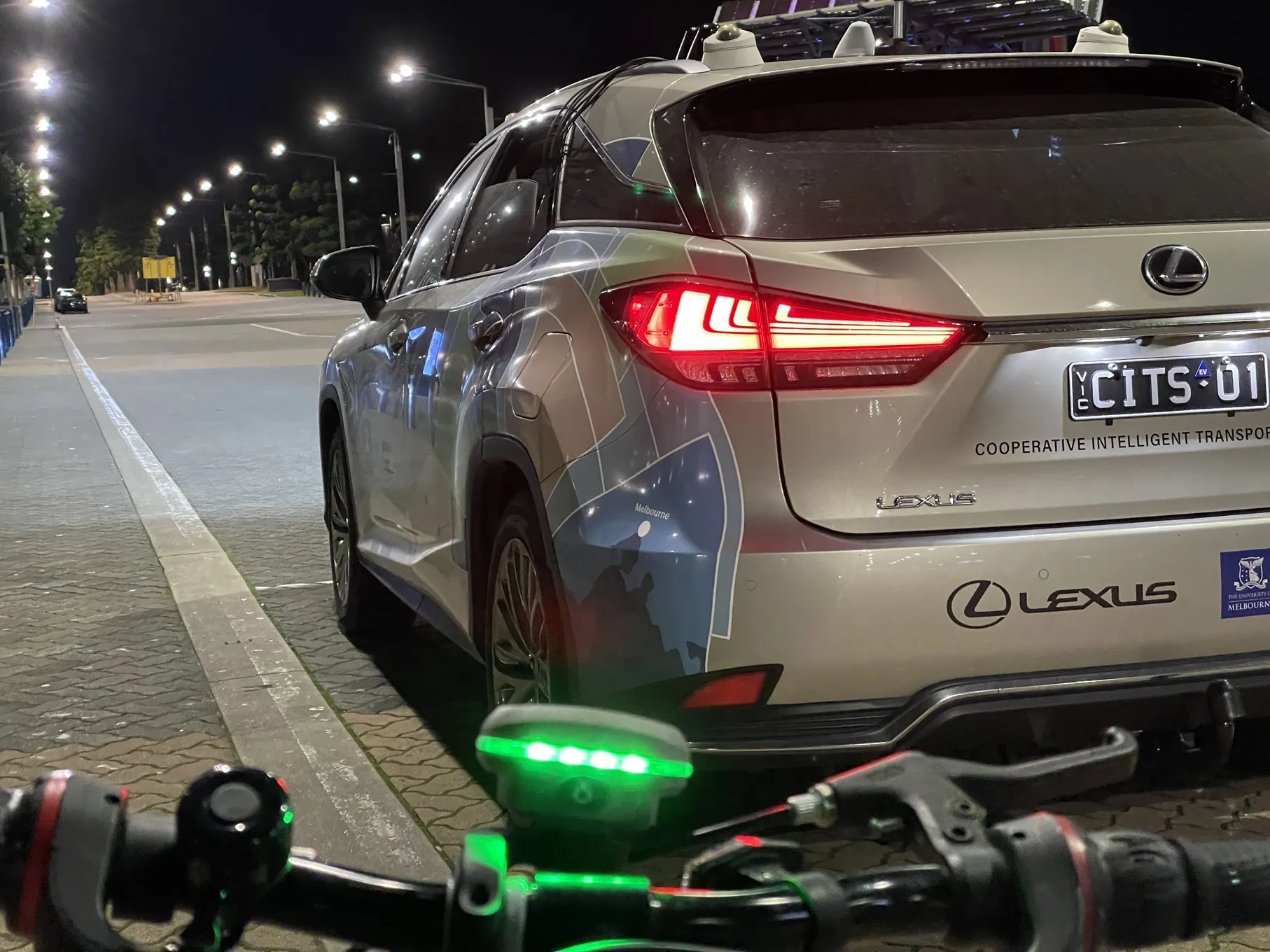The latest report from RnR Market Research indicates that one of the major factors positively impacting the intelligent transport systems market is the growing need for public safety as collision avoidance and dynamic warning systems are introduced to reduce the frequency of accidents by making users more aware of their surroundings. The analysts forecast global intelligent transport systems market to grow at a CAGR of 8.23 per cent during the period 2016-2020.
The report, Global Intelligent Transport Sy
April 13, 2016
Read time: 3 mins
The latest report from RnR Market Research indicates that one of the major factors positively impacting the intelligent transport systems market is the growing need for public safety as collision avoidance and dynamic warning systems are introduced to reduce the frequency of accidents by making users more aware of their surroundings. The analysts forecast global intelligent transport systems market to grow at a CAGR of 8.23 per cent during the period 2016-2020.
The report, Global Intelligent Transport System Market 2016-2020, claims that one of the major trends is smart vehicles on smart roads. The governments of major countries are making a lot of effort to reduce collisions and accidents in different transport verticals. The introduction of smart vehicles is one such measure to avoid accidents on roads as these vehicles use advanced IT solutions that help them to control their speed and better manage traffic congestions along the route.
The report covers the present scenario and the growth prospects of the global intelligent transport systems market for the period 2016-2020. To calculate the market size, the report takes into account the total revenue generated from the different geographical regions.
The network management segment accounted for intelligent transport systems market share of around 42 per cent during 2015 and is expected to retain its market dominance until the end of the forecast period. The network management segment is further segmented into advanced traffic management systems (ATMS) and road user charging, congestion charging, and electronic toll collection (ETC). The major end-users of this segment are government organisations and public authorities. Developed countries such as the US are expected to be the biggest contributors to this market due to increased awareness and spending power.
North America dominated the global intelligent transport systems market during 2015, accounting for a market share of around 47 per cent. The US and Canada are the key contributors to this market share. There is a high demand for network management, freight and commercial ITS public transport ITS, and security and crime reduction ITS in this region. However, the market here would see slow growth over the forecast period due to market saturation.
According to the report, the global intelligent transport systems market is very fragmented thanks to many local and international vendors. International companies are able to grab a larger market share based on a number of features and price. Vendors have to offer customised solutions to increase market share. Further, the report claims that one of the major barriers is the increasing sophistication of safety and security threats.
The report, Global Intelligent Transport System Market 2016-2020, claims that one of the major trends is smart vehicles on smart roads. The governments of major countries are making a lot of effort to reduce collisions and accidents in different transport verticals. The introduction of smart vehicles is one such measure to avoid accidents on roads as these vehicles use advanced IT solutions that help them to control their speed and better manage traffic congestions along the route.
The report covers the present scenario and the growth prospects of the global intelligent transport systems market for the period 2016-2020. To calculate the market size, the report takes into account the total revenue generated from the different geographical regions.
The network management segment accounted for intelligent transport systems market share of around 42 per cent during 2015 and is expected to retain its market dominance until the end of the forecast period. The network management segment is further segmented into advanced traffic management systems (ATMS) and road user charging, congestion charging, and electronic toll collection (ETC). The major end-users of this segment are government organisations and public authorities. Developed countries such as the US are expected to be the biggest contributors to this market due to increased awareness and spending power.
North America dominated the global intelligent transport systems market during 2015, accounting for a market share of around 47 per cent. The US and Canada are the key contributors to this market share. There is a high demand for network management, freight and commercial ITS public transport ITS, and security and crime reduction ITS in this region. However, the market here would see slow growth over the forecast period due to market saturation.
According to the report, the global intelligent transport systems market is very fragmented thanks to many local and international vendors. International companies are able to grab a larger market share based on a number of features and price. Vendors have to offer customised solutions to increase market share. Further, the report claims that one of the major barriers is the increasing sophistication of safety and security threats.










